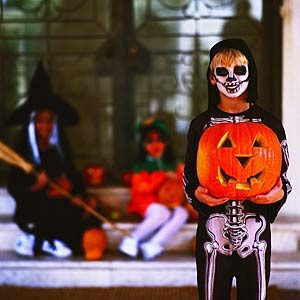
1. It’s Not All Fun and Games
The Halloween of today, in which children dress up as ghouls, ghosts and witches and light-heartedly demand ‘treats’ from neighbours under threat of a ‘trick’, has largely been imported from the United States, where Irish immigrants introduced the custom in the 19th century. It is thought to stem from the idea that on Halloween all law is suspended. Dressing up in masks and costumes prevents people from being recognized by their own community. Being separated in this way allows the participants to play boisterous and often antisocial tricks.
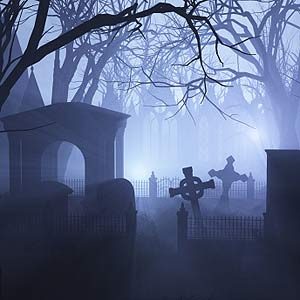
2. Halloween Was a Pagan Festival Honouring the Dead
For Celts and Anglo-Saxons the year ended when the herds were brought in from pasture at the end of October. The new year began in November, marked by the festival of Samhain, a celebration in which purifying bonfires were lit. On the night before Samhain, souls of the departed could return temporarily to their hearths, and ghosts and demons were free to roam the Earth.
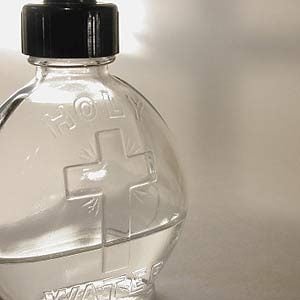
3. The Church Fought Back
To counter the influence of this pagan festival, during the 9th century the Church instituted the feast of All Saints or All Hallows on November 1. Thereafter, October 31 became known as All Hallows Eve, or Halloween.
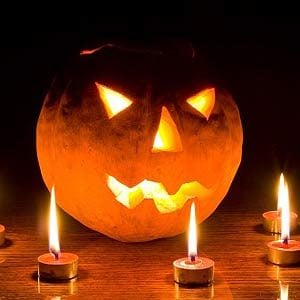
4. The Pagan Festival Was Brought Back with All Souls’ Day
In 998 the abbot of Cluny in France established November 2 as All Souls’ Day, when prayers are said for the departed, thus completing the link between Samhain and Christian festivals.
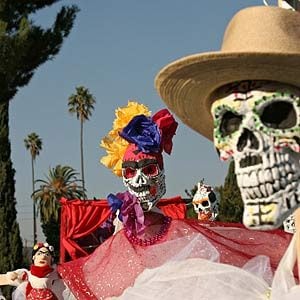
5. Mexico Has Its Own Celebration
In the 16th century, as they imposed Catholicism in Mexico, the colonising Spaniards took elements of local religions and incorporated them into their rituals. The Day of the Dead on November 1 remains one of the great celebrations.

6. Apple Bobbing Started in England
In Britain, most Halloween traditions died out with the rise of Puritanism in the 16th and 17th centuries, but games such as apple bobbing are remnants of past rituals. Fun Fact: When thrown over the left shoulder, the apple’s peel was said to fall into a shape resembling the initials of a true lover.